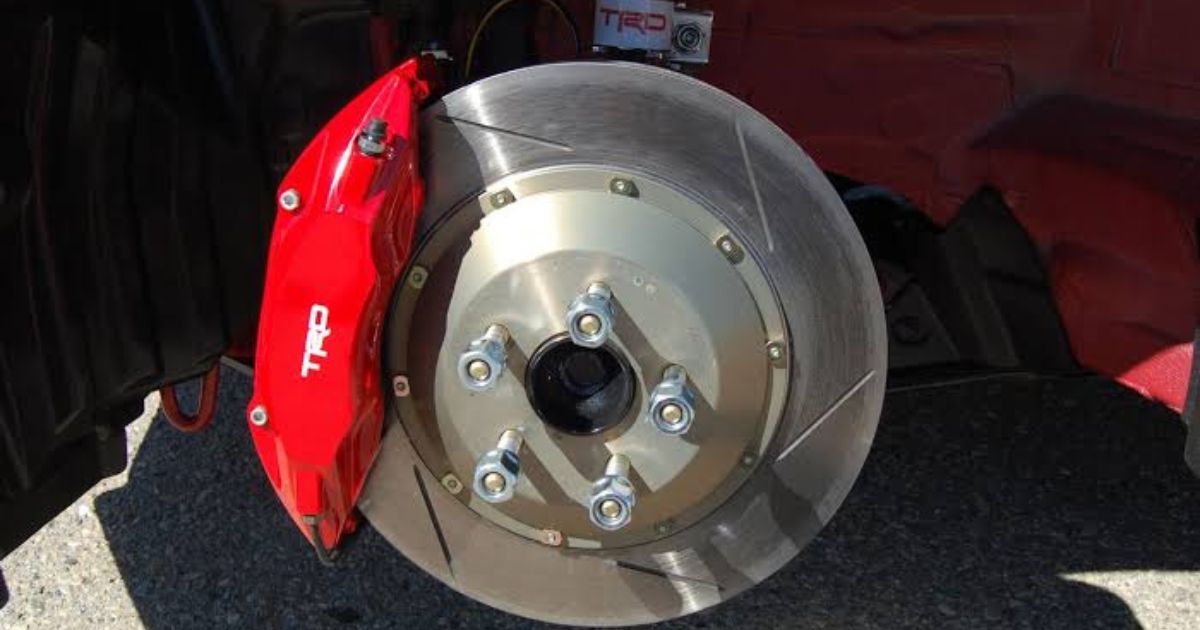Introduction to Bedding Brakes
Bedding in your brake pads and rotors is an essential process that ensures optimal performance and longevity. It helps transfer an even layer of brake pad material onto the rotor surface, which improves braking efficiency, reduces noise, and prevents uneven wear. Whether you’ve installed new brakes or upgraded your system, knowing how to bed brakes correctly is key to maximizing their effectiveness.
This guide provides a step-by-step process on how to bed brakes, ensuring smooth and reliable stopping power.
1. Why Bedding Brakes Is Important
✅ Ensures proper brake pad and rotor contact. ✅ Improves braking performance and responsiveness. ✅ Reduces brake noise and vibration. ✅ Helps prevent brake fade during heavy braking. ✅ Promotes longer life of both pads and rotors.
2. Tools and Preparations
🔧 Safe and open road or parking lot with minimal traffic. 🔧 New brake pads and rotors installed and torqued properly. 🔧 Ensure brakes are properly installed and free of grease or debris.
3. Step-by-Step Guide to Bedding Brakes
Step 1: Find a Safe Location
- Choose an open area with little or no traffic, like an industrial park or quiet road.
Step 2: Perform Moderate Stops
- Accelerate up to 30-35 mph (50-55 km/h).
- Apply moderate brake pressure to slow the car down to about 5-10 mph (8-16 km/h).
- Repeat this process 4-5 times without coming to a complete stop to avoid heat soaking the pads in one spot.
Step 3: Perform Aggressive Stops
- Accelerate up to 40-45 mph (64-72 km/h).
- Apply firm brake pressure to slow down to 10 mph (16 km/h).
- Repeat 4-5 times, allowing the brakes to build heat and properly transfer pad material to the rotors.
Step 4: Cool Down Period
- Drive at a steady speed without heavy braking for 5-10 minutes to allow the brakes to cool.
- Avoid coming to a complete stop if possible while the brakes are hot.
4. Additional Tips for Bedding Brakes
🔹 Do not engage the parking brake immediately after bedding-in if your car has rear disc brakes; let them cool first. 🔹 Try not to come to a complete stop during the bedding process unless absolutely necessary. 🔹 If you hear noises or feel vibrations after bedding, it’s often normal during the break-in phase, but persistent issues may require inspection. 🔹 Bedding procedures can vary by brake pad type (ceramic, metallic, carbon), so always check the manufacturer’s recommendations.
5. Final Thoughts: Ensuring Safe and Effective Braking
Bedding in your brakes correctly will ensure maximum braking performance, longer-lasting components, and enhanced safety. Follow this guide carefully after every brake pad and rotor replacement, and refer to your specific brake manufacturer’s instructions for the best results. If you’re unsure about the bedding process, consult with a professional mechanic for assistance.
